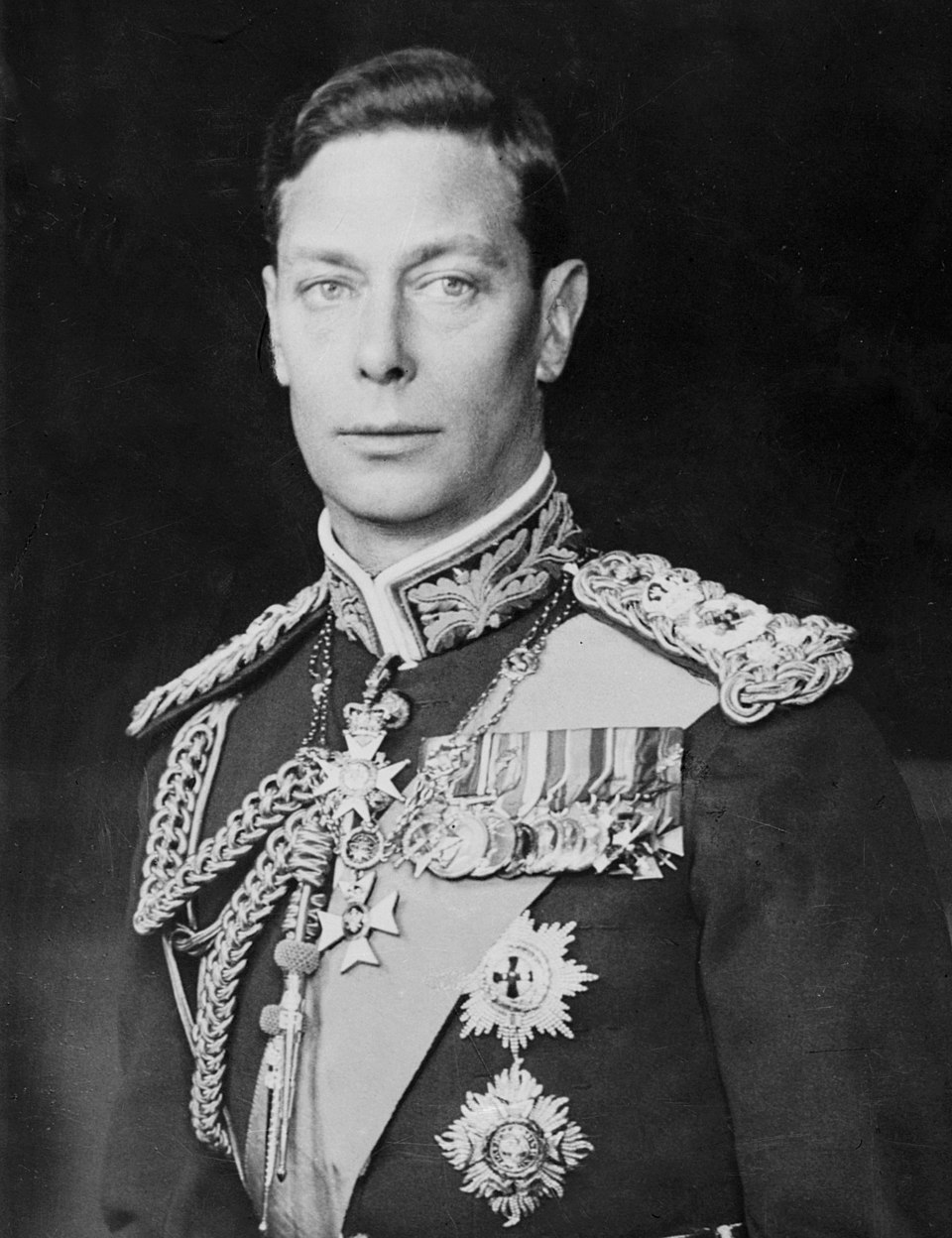
King George VI
King George VI was the British monarch from 1936 until his death in 1952, known for his leadership during World War II and his role in the transition of the British Empire to the Commonwealth. He ascended the throne after the abdication of his brother, King Edward VIII, and became a symbol of unity and resilience for Britain during a time of crisis. His steadfast presence and commitment to duty earned him respect and admiration, and he played a crucial role in the VE Day celebrations in 1945, which marked the end of the war in Europe.
Born on Dec 14, 1895 (129 years old)
Global Media Ratings
Countries Mentioned
| Country | Mentions | Sentiment | Dominance | + Persistence | x Population | = Reach | x GDP (millions) | = Power |
|---|---|---|---|---|---|---|---|---|
| United Kingdom | 1 | 9.00 | 0.05% | +0% | 67,886,011 | 32,250 | $2,700,000 | 1,283$ |
| Totals | 1 | 67,886,011 | 32,250 | $2,700,000 | 1,283$ |
Interactive World Map
Each country's color is based on "Mentions" from the table above.
Recent Mentions
 United Kingdom:
It was originally made in 1937 for the coronation of King George VI.
9
United Kingdom:
It was originally made in 1937 for the coronation of King George VI.
9
 South Africa:
The Coronation Fountain was built in 1937 to commemorate the crowning of King George VI.
6
South Africa:
The Coronation Fountain was built in 1937 to commemorate the crowning of King George VI.
6
 United States:
King George VI was the Duke of York before his elder brother, King Edward VIII, abdicated the throne.
5
United States:
King George VI was the Duke of York before his elder brother, King Edward VIII, abdicated the throne.
5
 Germany:
The drama mentioned involves King George VI, who overcomes his stuttering.
6
Germany:
The drama mentioned involves King George VI, who overcomes his stuttering.
6
 Australia:
When the UK government sought to tighten the bonds with America in 1939, it gained help from King George VI.
6
Australia:
When the UK government sought to tighten the bonds with America in 1939, it gained help from King George VI.
6
 Australia:
An undated photo of Princess Margaret (far right) with her father, King George VI, sister Princess Elizabeth, the future Queen, and her mother.
5
Australia:
An undated photo of Princess Margaret (far right) with her father, King George VI, sister Princess Elizabeth, the future Queen, and her mother.
5
 Switzerland:
King George VI also utilized the Royal Train during World War II.
6
Switzerland:
King George VI also utilized the Royal Train during World War II.
6
 United Kingdom:
King George VI sent a telegram announcing the separation of Aden from British India.
6
United Kingdom:
King George VI sent a telegram announcing the separation of Aden from British India.
6
 United Kingdom:
King George VI was present during the VE Day celebrations in 1945.
7
United Kingdom:
King George VI was present during the VE Day celebrations in 1945.
7